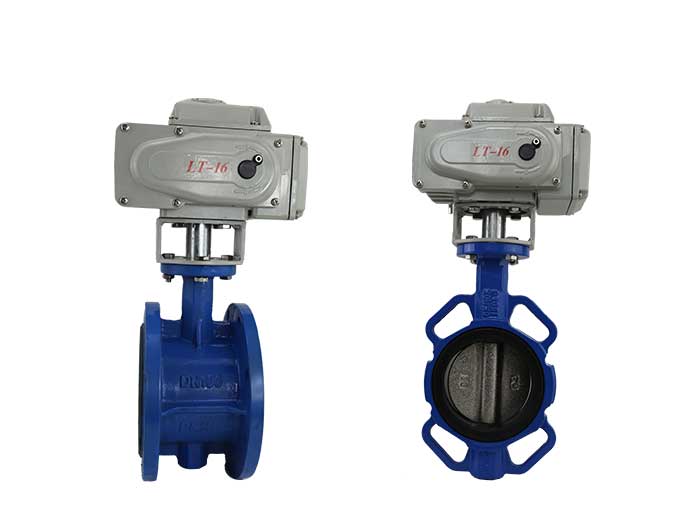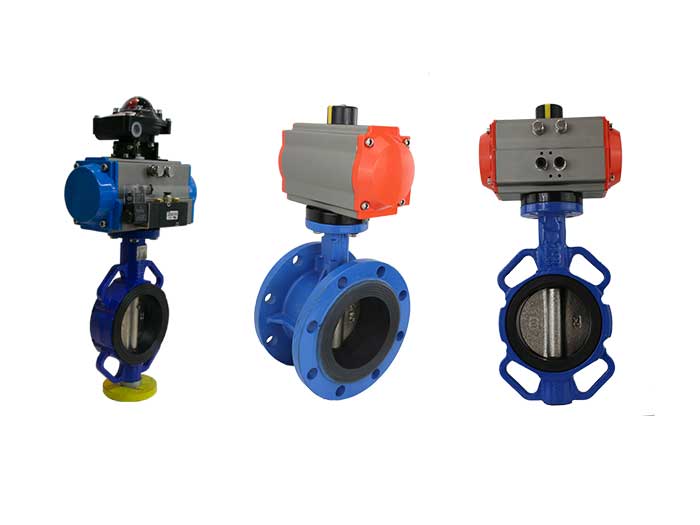With the progress of the times and continuous reforms, China’s valve products have also been innovated with the change of times. Currently, in the valve market where environmental protection and safety are increasingly demanding, the use of self-control devices such as motorized valves and pneumatic valves has become increasingly Or missing.
The use of self-controlled valves appears to be more energy-efficient and safer. Compared with conventional manual valves, the speed of movement is faster than ordinary valves, which not only reduces manpower but also greatly improves work efficiency.
Compared with pneumatic valves, motorized valves are simple in structure and reliable in operation, and their power source (power supply or gas source) can be easily resolved for long-distance operation. The disadvantages are higher prices and higher explosion protection requirements.
The availability, price and control requirements of the power source should be taken into account when choosing.The valve selection generally confirms the valve material, valve diameter, media type, pipeline pressure, connection method, control method, medium temperature and other parameters.
Selection of motorized valve:
In addition to the basic valve body diameter and pressure, the motorized valve (the control mode of the electric actuator is generally divided into the switch type and the regulating type).
In addition, the following parameters should be provided:
1. Power parameters (including voltage, phase number and frequency);
2. Operation time and electric actuator form;
3. Whether the explosion-proof and explosion-proof levels are required;
4. Atmospheric protection level;
5. Overload protection requirements, such as over-trip protection, over-torque protection, etc.;
6. Local operation requirements, such as whether to bring local operation handwheel;
7. Operation instructions.
Pneumatic valve selection:
When using pneumatic valves (control modes of electric actuators are generally divided into switch type and adjustment type), in addition to the basic valve body diameter, pressure, material and other requirements, the following parameters should also be provided:
1. Air source parameters (including gas source pressure range, whether to bring self-storage gas tanks, etc.);
2. Run time and pneumatic actuator form;
3. Does it require explosion-proof, explosion-proof grades?
4. Atmospheric protection class;
5. Overload protection requirements, such as over-travel protection, over-torque protection, etc.
6. On-site operation requirements, such as whether to operate the handwheel locally;
7. Operation instructions required.











